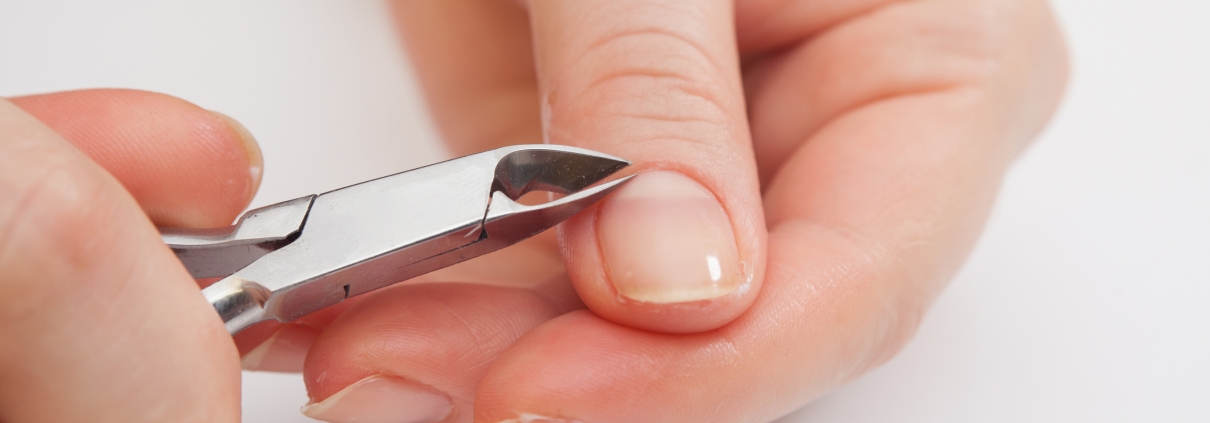The Importance of Regular Nail Care
Our hands and feet are integral parts of our daily lives, assisting us in countless tasks and serving as outward reflections of our health and grooming habits. Among the features that adorn these extremities, our nails stand out as both functional tools and aesthetic canvases. Yet, in the hustle and bustle of modern life, the care of our nails is often overlooked. In this article, we explore the importance of regular nail care and provide guidance on how frequently to tend to these often-neglected appendages.
The Role of Nails
Nails are more than just adornments; they serve essential functions in protecting the tips of our fingers and toes, facilitating grasping and manipulation, and providing sensory feedback. Healthy nails are a sign of overall well-being, while neglected or damaged nails can be indicative of underlying health issues or poor grooming habits.
Frequency of Nail Care
The frequency of nail care depends on individual factors such as lifestyle, activities, and the condition of your nails. However, as a general guideline, consider the following recommendations:
Regular Maintenance:
Aim to trim and shape your nails every 1-2 weeks to prevent them from becoming too long or prone to breakage. Use sharp, clean nail clippers or scissors to trim nails straight across and smooth the edges with a nail file to prevent snagging.
Cuticle Care:
The cuticles, the thin strips of skin at the base of the nails, serve as a protective barrier against infection. Gently push back the cuticles with a cuticle pusher or orangewood stick after showering or soaking your nails to prevent them from becoming overgrown. Avoid cutting or trimming the cuticles, as this can increase the risk of infection.
Moisturizing:
Keep your nails and cuticles hydrated by applying a moisturizing hand cream or cuticle oil regularly. Massage the product into the nails and surrounding skin to promote healthy nail growth and prevent dryness and brittleness.
Nail Polish Maintenance:
If you wear nail polish, remove and reapply it every 1-2 weeks to prevent staining and yellowing of the nails. Use a gentle, acetone-free nail polish remover to avoid drying out the nails and cuticles.
Special Occasions:
For special occasions or events, consider treating yourself to a professional manicure or pedicure for a more thorough and pampering nail care experience. Professional nail technicians can trim, shape, and polish your nails to perfection, leaving them looking and feeling their best.
Signs of Nail Problems
In addition to regular nail care, it’s essential to pay attention to any changes or abnormalities in your nails, as they can be indicative of underlying health issues or conditions.
Be on the lookout for the following signs:
Discoloration, such as yellowing or dark spots
Changes in nail shape, texture, or thickness
Pain, swelling, or redness around the nails
Nail splitting, peeling, or crumbling
Signs of infection, such as pus or drainage
If you notice any of these symptoms or have concerns about the health of your nails, consult a healthcare professional or dermatologist for evaluation and treatment.
Nail care is an essential component of personal grooming and hygiene, promoting not only the health and strength of your nails but also enhancing your overall appearance and confidence. By incorporating regular nail care into your self-care routine and paying attention to signs of nail problems, you can keep your nails looking and feeling their best, ensuring that they continue to serve you well in all your daily endeavors.





